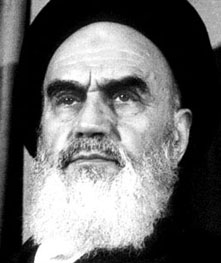http://www.revleft.com/vb/picture.php?albumid=240&pictureid=2916
Why were some revolutions in Eastern Europe non-violent and others violent? Around the year 1989, Eastern Europe was being reshaped by numerous revolutions throughout the continent. Majority of these revolutions were nonviolent, yet Romania and Yugoslavia did have violent revolutions. What made them different?
In Yugoslavia, there were many nationalities fighting over one piece of territory. The result was more of a genocide than a revolution.
In Romania, the leader was a heartless man named Ceausescu. His people were violently forced into submission. The violence did not occur in other countries because the communist leaders themselves did not pose such strong physical opposition to the protests. In Poland, there was a sweeping movement, Solidarity that quickly grew in popularity and power. Despite being made illegal, the movement did not die down and overtook the government by winning the seats in the parliament. In Hungary, the leader was already a reformist and was overthrown and replaced by an election. In Czechoslovakia, there was the Velvet Revolution, a peaceful ten-day protest. Why were all these countries so nonviolent? Clearly their leaders were not as iron fisted as Ceausescu in Romania. They were also too confident in their support, and the downfall of communism was a realization of the fact.
In the Egypt Revolution, Mubarak lost the support of the army. With the loss of the army, he lost control over Egypt. In Libya, Gaddafi had control over the army because they were hired by him and would loss their job if they did not do as he wished. The result was that Egypt's Revolution was much less violent than the Libya's Revolution. These further exemplify how the stance of the country's army affect the overall violence of the revolution.











